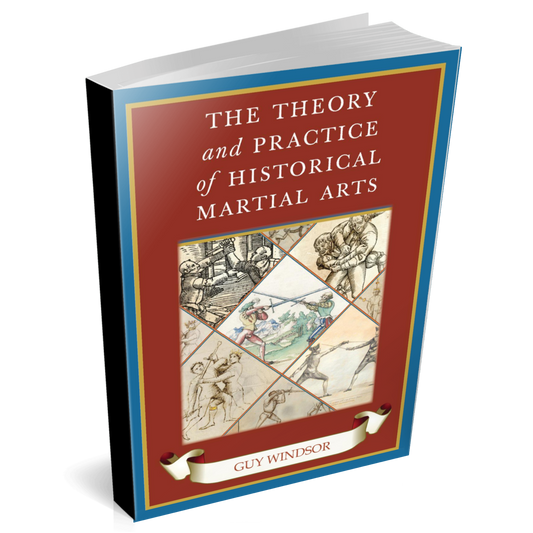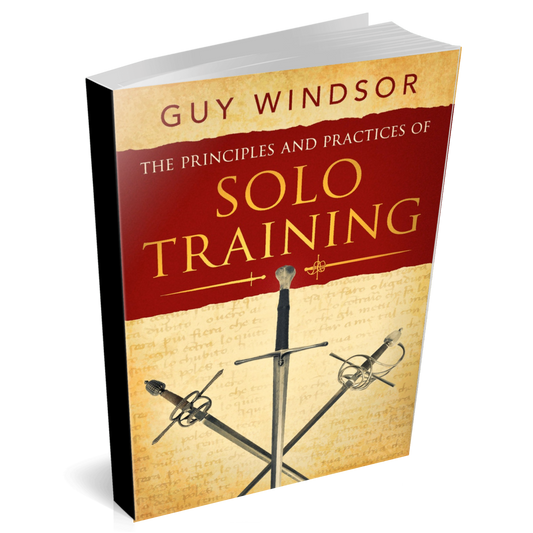You can also support the show at Patreon.com/TheSwordGuy Patrons get access to the episode transcriptions as they are produced, the opportunity to suggest questions for upcoming guests, and even some outtakes from the interviews. Join us!
Last month’s challenge (Eat Well in April) was difficult for many people, mostly because food is such an emotional subject. Personally, I spent the month avoiding starch and sugar, which has helped with energy levels, weight management, and especially my reflux problem. I’ve also been adhering more closely to a 16:8 intermittent fasting routine, which is also better for my reflux.
The odd thing is that though the house is full of Nutella, chocolate (I haven’t had my easter eggs yet), crisps, bread, etc., it’s actually been really easy to stay off them. I don’t know why, but I think planning ahead and making sure that there were starch and sugar free alternatives ready beforehand was really helpful. I’m planning on relaxing things a bit (those easter eggs need eating) but keeping off the starch most of the time, especially at breakfast.
So what’s next for May?
You already know how to break a habit and make a habit, and you’re hopefully sleeping better and eating better. So you are perfectly placed to start learning something new.
That’s the challenge: learn a new skill. It can be anything: pick up a language on Duolingo. Knitting. Sewing yourself a shirt. Playing the lute. Or the flute. Flying a plane. You can make it something useful if you like (one of the best decisions I ever made was learning to touch-type (described here: Artist and Slugs, Typing Too)), but what I have in mind is something fun, whatever fun looks like to you.
Ideally, this will put you into that arse-clenchingly frustrating “oh goddess why won’t my fingers do what they’re supposed to” beginners’ experience. So, if you’re already an accomplished woodworker, learning to carve might not give you that. But sewing might. Wood stays still- cloth moves about all over the bloody place!
Getting right outside your comfort zone and putting in the time to get past that first dip is the point of this exercise. I’d ask that you commit to a regular practice schedule for the month. You can quit at the end of the month if it turns out to be not fun, or not a useful skill, but just a month should be enough for you to get the hit of beginneriness (yes, that is a word, I just wrote it) that will deliver the benefits. Those benefits are:
1. Neuroplasticity- which is just the fancy way of saying your brain making new connections and rewiring itself. This is the fundamental biological process that is learning. You get better at it the more you do it.
2. Empathy for beginners. This is especially useful for instructors, who may forget what it was like to be totally clueless at the art they are trying to teach.
3. Fun, and the satisfaction of seeing progress. You’ll probably never progress quite so far so quickly as in that first month, when you go from “this is all totally unfamiliar” to “this is really hard but I can do this first small thing”.
As always with my challenges, there are no hard and fast limits. You’ll know if you’re taking the soft option, or cheating.
Here’s one idea you may not have considered. I saw this last week when one of my students sent it to me (thanks Jason!): toe yoga.
Toe Yoga from Exercises on Vimeo.
Have fun with that!




